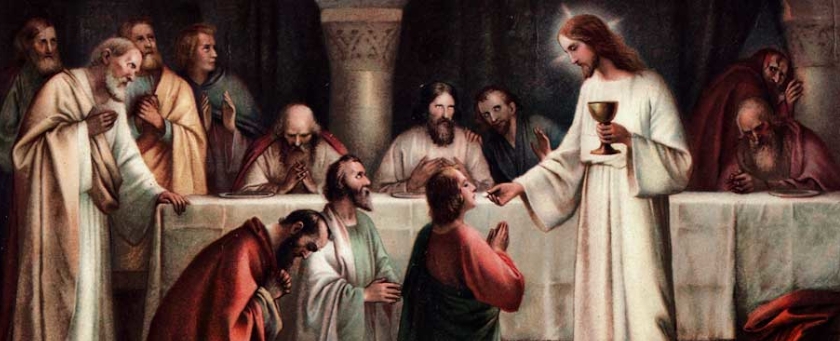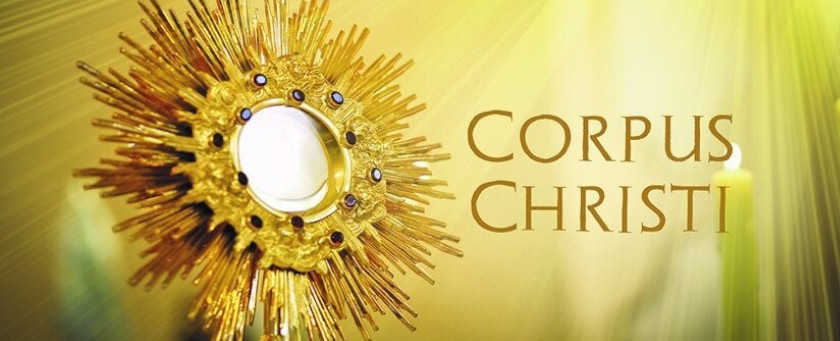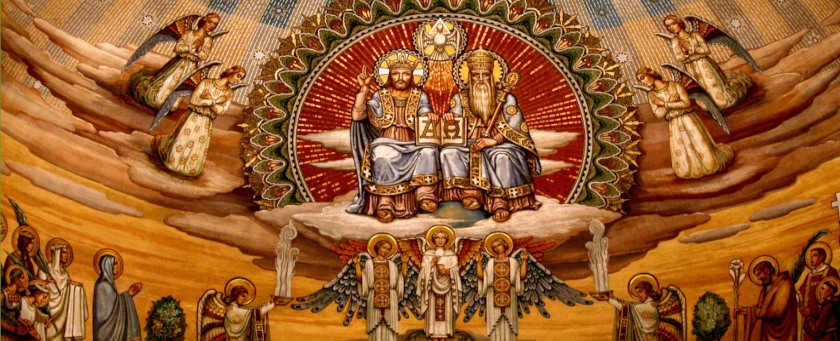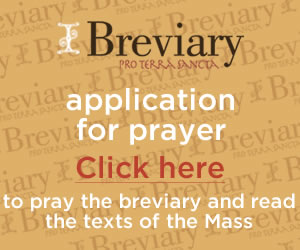Emmanuel: God With Us in the Most Blessed Sacrament
Fourth Sunday of Advent, Year A

Readings:
Is. 7:10-14; Ps. 24; Rom. 1:1-7; Mt. 1:18-24
(Audio recorded live, 18 December 2022)
About eight months ago, I was watching an interview of Bsp. Athanasius Schneider, who is an auxilliary bishop in Kazakhstan. In the interview, he was asked about the importance of receiving communion on the tongue, the location of the tabernacle in the church, and the direction the priest faces when he celebrates Mass. This piqued my curiosity because I was beginning to research the same topics. Bishop Schneider is a humble and pius man. And although he is of German descent, he grew up in the underground Church in Kyrgyzstan under communist Russia. It was a time when priests went incognito because they were often hunted down. He was lucky to attend Mass once a month, where a Jesuit priest would risk his life to visit one of the people’s homes. It is interesting how much more we come to appreciate something when we cannot have it regularly. I am reminded of the recent lockdowns which prevented many from coming to Church. Bishop Schneider spoke of the awesome importance of receiving communion on the tongue as a matter of faith. He said for those of faith, it is like second nature for us to kneel before the Eucharist. He quoted St. Paul, who says in his letter to the Colossians, “For in [Christ] dwells the whole fullness of the deity bodily” (Col. 2:9). Schneider said, “If you knew who is there, you will spontaneously kneel.” This is an act of pure love. He says, when you love someone, as a young man does when he proposes to the woman he wants to marry, he will kneel. This is a sign of his love and respect for her. And if we have this level of love and respect for one another on a human level, how much more should we have it for the fullness of divinity present in the consecrated host? That is why we find throughout Sacred Scripture the constant invitation to kneel before God. The Book of Revelation, for example, speaks of the way in which the angels and the elders fell down on their knees before God and the Lamb. The angels are giving us an example, which we ought to follow. So, if we in all faith, truly know the gift of God, we cannot help but imitate the angels.
This teaching of Bsp. Schneider resonated with me as a priest, and I started to evaluate how I approach the Holy Eucharist. There is a temptation in life to take for granted things we do regularly, and the Mass is no exception. I came across a video of a priest, Fr. Steven Scheier, who recounted his judgment after having died in a terrible car accident. He said he was in front of the judgment seat of Jesus Christ, who showed him all the ways in which he had sinned, but most especially ways in which he was neglecting his priesthood. Fr. Steven said that he was standing before Truth, and going through every instance of sin in his life for which he could give no excuse. He simply had to say, “Yes, Lord. That is true.” At the end, Jesus said, “My sentence is Hell.” Fr. Steven said, “I knew this is what I deserved.” But, then he said, I heard a female voice say, “Son, will you please spare his life and his eternal soul.” Jesus said, “Mother, he has been a priest for twelve years for himself and not for me, let him reap the punishment he deserves.” She continued saying, “But Son, if we give him special graces and strengths and then see if he bears fruit, if not your will be done.” Jesus paused, then said, “Mother, he’s yours.” Fr. Steven made a miraculous recovery and has devoted his life and ministry to the Blessed Mother ever since. It was the part about his sentence, however, that stood out to me. Jesus said, “he has been a priest … for himself and not for me.” This is something I could not bear, and I began to look for ways I can more consciously be a priest for Jesus. The most logical place to begin that journey has been the Holy Sacrifice of the Mass.
So, I purchased a book by Bishop Schneider, The Catholic Mass: Steps to Restore the Centrality of God in the Liturgy, and began reading more carefully the General Instruction of the Roman Missal. I wanted to celebrate Mass in the most dignified way possible, a way that was fitting for the King of the Universe, who entrusted me with this awesome calling. I also wanted others to experience the beauty of the Mass, which is just as much an expression of their faith as it was mine. And Bsp. Schneider spoke of three areas to focus on within Mass: First, the priest facing the tabernacle (ad orientum), second, the exclusive use of Eucharistic Prayer I (the Roman Canon), and third, giving the people the opportunity to kneel and receive communion on the tongue.
Holy Communion was not always distributed on the tongue. In the early Church, people would receive in the hand, with the instruction: For “no one . . . eats this flesh unless first he adores,” and each recipient is warned, “. . . receive it and take care that none of it be lost to you,” “for it is the body of Christ” (Memoriale Domini). This practice soon changed and people began to receive communion on the tongue from the consecrated priest. St. Thomas Aquinas would later strengthen this practice, saying, “out of reverence for this Sacrament, nothing touches It but what is consecrated; hence the corporal and the chalice are consecrated, and likewise the priest’s hands for touching this Sacrament. Hence, it is not lawful for anyone else to touch It, except from necessity, for instance, if It were to fall upon the ground or else in some other case of urgency” (ST, III, Q.82, Art. 13). But, by the time the New Mass was introduced in 1969, Pope Paul VI, discovered that churches in Belgium began to distribute Holy Commuion in the hand, a practice common in Protestant churches. This was in part due to a method of study popular at the time known as Resourcemont. There was much scholarship taking place investigating the sources of history. When people discovered that communion in the hand was permitted in the early Church, they began to implement similar practices. Pope Paul VI, however, polled the bishops of the world to see if they would accept this new form of distributing Holy Communion. The pope wrote, “From the responses received it is thus clear that by far the greater number of bishops feel that the present discipline should not be changed at all, [that is, receiving on the tongue], indeed that if it were changed, this would be offensive to the sensibilities and spiritual appreciation of these bishops and of most of the faithful.” Nevertheless, the practice of distributing communion in the hand continued to spread with little reflection as to why this practice ought to be normalized, especially after the Church had been distributing Holy Communion on the tongue for the better part of two millennia. But, as Bsp. Schneider said, it is a matter of faith. If we know who is there, we will spontaneously kneel. And just because we have an option to receive in the hand or on the tongue does not mean we should not consider what is the best way to receive.
One last word on this aspect of the reverent reception of Holy Communion. I am just a messenger. I can only point us in the direction of the Lord. It is up to us to respond accordingly. My encouragement is that we would avow ourselves to the beauty and the splendor of the Holy Sacrifice of the Mass, how it is a reflection of the heavenly liturgy on Earth, and to receive Jesus worthily. But at the end of the day, we have to determine for ourselves how we approach the Altar of Sacrifice. I shall do so with awe and reverence, for “no one . . . eats this flesh unless first he adores.”





Twitter
Facebook
Pinterest
Email